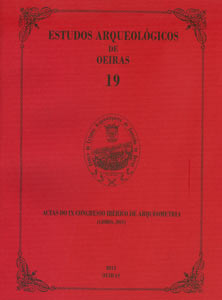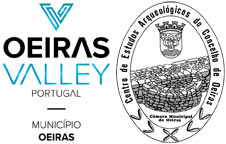Archaeometric study of Iberian pottery from “El Castillejo”(Alameda , Malaga, Spain)
Keywords:
X-ray powder diffraction, Scanning electron microscopy, X-ray fluorescence, micro-Raman, Iberian potteryAbstract
The “El Castillejo” archaeological site is placed in the homonymous hill, very close to the village of Alameda (Malaga, Spain). The study of the surface materials showed a wide period of occupation, from the Copper Age to the Early Roman Empire. The major part of the evidences dates from the Late Bronze Age (close to VIII-VII centuries BC), as a consequence of the trade with the Phoenician coastal settlements, to Iberian times (around III century BC) when an oppidum was built. In this work, 17 painted sherds, mainly Iberian, have been selected. The samples have been analyzed using X-ray fluorescence (WDXRF) and X-ray diffraction coupled to the Rietveld Method (RQPA). The microstructure of the samples have been observed using Scanning Electron Microscopy (SEM). The pigments have been analyzed using micro-Raman.
Downloads
Published
How to Cite
Issue
Section
License
Os artigos publicados são da exclusiva responsabilidade dos Autores.
É expressamente proibida a reprodução de quaisquer imagens sobre as quais
existam direitos de autor sem o prévio consentimento dos signatários dos artigos
respectivos.




